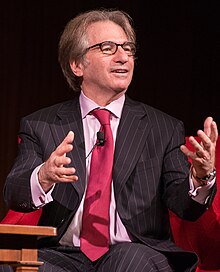
Mark Fuhrman is a former detective of the Los Angeles Police Department (LAPD). He is primarily known for his part in the investigation of the 1994 murders of Nicole Brown Simpson and Ron Goldman in the O. J. Simpson murder case.
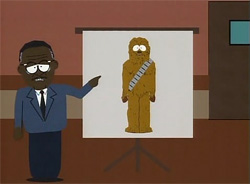
In a jury trial, the Chewbacca defense is a legal strategy in which a criminal defense lawyer tries to confuse the jury rather than refute the case of the prosecutor. It is an intentional distraction or obfuscation.

Robert George Kardashian was an American attorney and businessman. He gained recognition as O. J. Simpson's friend and defense attorney during Simpson's 1995 murder trial. He had four children with his first wife, Kris Kardashian: Kourtney, Kim, Khloé, and Rob, who appear on their family reality television series, Keeping Up with the Kardashians, and its spinoffs.

Christopher Allen Darden is an American lawyer, author, lecturer, and judicial candidate. He worked for 15 years in the Los Angeles County District Attorney's office, where he gained national attention as a co-prosecutor in the O. J. Simpson murder case. Darden is currently running for Judge of the Superior Court in Los Angeles County.
Michael M. Baden is an American physician and board-certified forensic pathologist known for his work investigating high-profile deaths and as the host of HBO's Autopsy. Baden was the chief medical examiner of the City of New York from 1978 to 1979. He was also chairman of the House Select Committee on Assassinations' Forensic Pathology Panel that investigated the assassination of John F. Kennedy. Baden's independent autopsy findings are often in conflict with the local authorities' opinions; as such, many consider him to be a headline-seeking physician as opposed to a legitimate source of information.
Allen Cedric "A.C." Cowlings is a former American football player and actor. He began playing in the National Football League (NFL) during 1970, starting at various defensive positions for the Buffalo Bills, Houston Oilers, Los Angeles Rams, Seattle Seahawks, and the San Francisco 49ers, until retiring after the 1979 season. Cowlings was taken fifth overall in the first round by the Buffalo Bills in the 1970 NFL draft.
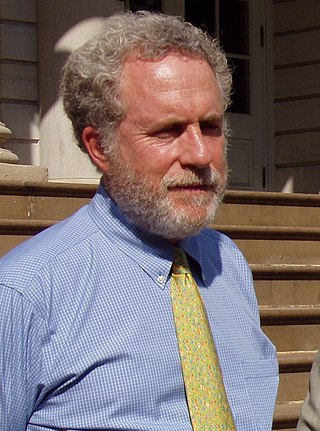
Peter J. Neufeld is an American attorney, co-founder, with Barry Scheck of the Innocence Project, and a founding partner in the civil rights law firm Neufeld Scheck & Brustin. Starting from his earliest years as an attorney representing clients at New York's Legal Aid Society, and teaching trial advocacy at Fordham School of Law from 1988 to 1991, he has focused on civil rights and the intersection of science and criminal justice.
Actual innocence is a special standard of review in legal cases to prove that a charged defendant did not commit the crimes that they were accused of, which is often applied by appellate courts to prevent a miscarriage of justice.

The People of the State of California v. Orenthal James Simpson was a criminal trial in Los Angeles County Superior Court starting in 1994, in which O. J. Simpson, a former National Football League (NFL) player, broadcaster and actor, was tried and found not guilty for the murders of his ex-wife Nicole Brown Simpson and her friend Ronald Goldman. The pair were stabbed to death outside the female victim's condominium in the Brentwood neighborhood of Los Angeles on the night of June 12, 1994. The trial spanned eleven months, from November 9, 1994, to October 3, 1995.
House v. Bell, 547 U.S. 518 (2006), is a United States Supreme Court case challenging the permissibility of new DNA forensic evidence that becomes available post-conviction, in capital punishment appeals when those claims have defaulted pursuant to state law. The Court found that admitting new DNA evidence was in line with Schlup v. Delo (1995), which allows cases to be reopened in light of new evidence.
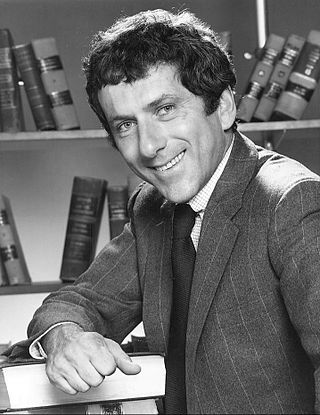
Petrocelli is an American legal drama that ran for two seasons on NBC from September 11, 1974 to March 31, 1976.
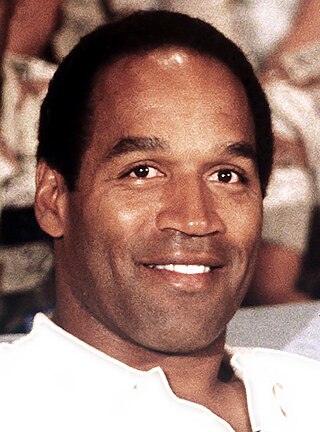
Orenthal James Simpson was an American football player and actor. He played in the National Football League (NFL) for 11 seasons, primarily with the Buffalo Bills, and is regarded as one of the greatest running backs of all time. His professional success was overshadowed by his trial and controversial acquittal for the murders of his former wife Nicole Brown and her friend Ron Goldman in 1994.
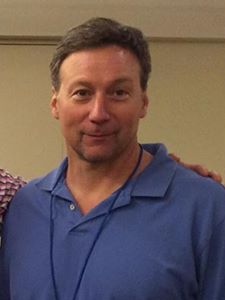
David Ray Camm is a former trooper of the Indiana State Police (ISP) who spent 13 years in prison after twice being wrongfully convicted of the murders of his wife, Kimberly, and his two young children at their home in Georgetown, Indiana, on September 28, 2000. He was released from custody in 2013 after his third trial resulted in an acquittal. Charles Boney is currently serving time for the murders of Camm's wife and two children.
Lenore Edna Walker is an American psychologist who founded the Domestic Violence Institute, documented the cycle of abuse and wrote The Battered Woman, published in 1979, for which she won the Distinguished Media Award that year. She was inducted into the Colorado Women's Hall of Fame in 1987.

Investigating Innocence is a nonprofit wrongful conviction advocacy organization that provides criminal defense investigations for inmates in the United States. Investigating Innocence was founded in 2013 by private investigator Bill Clutter to assist nationwide Innocence Project groups in investigating innocence claims. "Once we have a case that meets our criteria, we'll put private investigators to work on it. A lot of these cases need investigators," said Kelly Thompson, executive director of Investigating Innocence. Prior to his work on Investigating Innocence, Clutter was one of the founders of the Illinois Innocence Project. Investigating Innocence also has a board composed of exonerees that reviews incoming cases.
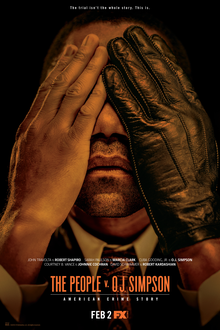
The first season of American Crime Story, titled The People v. O. J. Simpson, revolves around the O. J. Simpson murder case, as well as the combination of prosecution confidence, defense witnesses, and the Los Angeles Police Department's history with African-American people. It is based on Jeffrey Toobin's book The Run of His Life: The People v. O. J. Simpson (1997).
The "Dream Team" refers to the team of trial lawyers that represented American athlete O. J. Simpson in his 1995 trial for the murder of his former wife, Nicole Brown Simpson, and Ronald Goldman. The team included Robert Shapiro, Johnnie Cochran, Carl Douglas, Shawn Chapman Holley, Gerald Uelmen, Robert Kardashian, Alan Dershowitz, F. Lee Bailey, Barry Scheck, Peter Neufeld, Robert Blasier, and William Thompson.
Bruce Spencer Weir is a New Zealand biostatistician and statistical geneticist. He is Professor of Biostatistics and Professor of Genome Sciences at the University of Washington. He was previously the William Neal Reynolds Professor of statistics and genetics and director of the Bioinformatics Research Center at North Carolina State University. He is known within academia for his research in statistical and forensic genetics, and outside academia for testifying in the O.J. Simpson murder trial in 1995.
With no witnesses to the murders of Nicole Brown Simpson and Ron Goldman, DNA evidence in the O. J. Simpson murder case was the key physical proof used by the prosecution to link O. J. Simpson to the crime. Over nine weeks of testimony, 108 exhibits of DNA evidence, including 61 drops of blood, were presented at trial. Testing was cross-referenced and validated at three separate labs using different tests with no discrepancies found. The prosecution offered the defense access to the evidence samples to conduct their own testing, but they declined.

On Tuesday, October 3, 1995, the verdict in the O. J. Simpson murder case was announced and Simpson was acquitted on both counts of murder. Although the nation observed the same evidence presented at trial, a division along racial lines emerged in observers opinion of the verdict, which the media dubbed the "racial gap". Immediately following the trial, polling showed that most African Americans believed Simpson was innocent and justice had been served, while most White Americans felt he was guilty and the verdict was a racially motivated jury nullification by a mostly African-American jury. Current polling shows the gap has narrowed since the trial, with the majority of black respondents in 2016 stating they believed Simpson was guilty.
